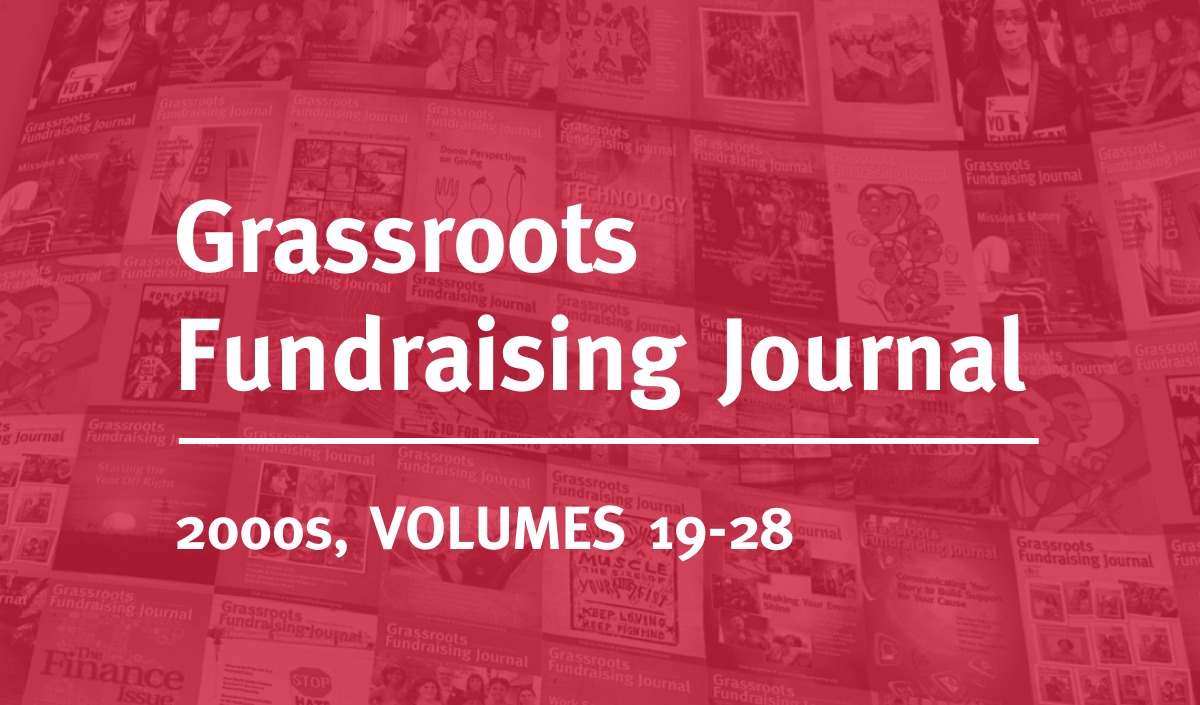July 30, 2011; Source: Los Angeles Times | The nonprofit sector’s potential recovery from the past few years of plummeting foundation grants, corporate (cash) donations, and charitable contributions depends on the nation’s overall economic recovery. Is it a news flash to NPQ readers that the recovery is hardly on a huge upward trajectory? In fact, according to the Los Angeles Times, the economic recovery faltered dramatically in the first two quarters of 2011. Total economic output grew a paltry 0.4 percent in the first quarter and 1.3 percent from April to June. The first quarter number was actually “sharply scaled back” by the federal government to the “lowest figure since the recession technically ended two years ago.” This problem of having to reduce and reduce again positive estimates of growth is a problem that plagues the economy and the state of charitable giving.
One economist said “These are disastrous numbers for the economy.” Another said that the odds for a “double-dip” recession are now at 30 percent, observing, “When growth is so weak, it’s not going to take much of a shock to push us over the edge.” He perceptively suggested that one of those shocks might be the dysfunctionality of Congress and the White House concerning the debt ceiling: “Add on top of it all this stupidity in Washington and this is a very risky situation.”
Here’s another economic readjustment. The Commerce Department acknowledged that the recession was much worse than previous estimates, shrinking at an annual rate of 3.5 percent from late 2007 to mid-2009 compared to the previous estimate of 2.8 percent annual decline.
Sign up for our free newsletters
Subscribe to NPQ's newsletters to have our top stories delivered directly to your inbox.
By signing up, you agree to our privacy policy and terms of use, and to receive messages from NPQ and our partners.
Why is this bad news for nonprofits (not just because of the obvious problems in charitable giving and tax revenues)? The problem is that the “recovery”, such as it might be, isn’t quite taking the economy back to where it was. According to a report from the National Employment Law Project, “The majority of jobs being created in this economic recovery are lower-paying ones, while higher-paying positions have been slow to return.” According to the NELP policy co-director, “there is a good-jobs deficit that has hollowed out many of the decent work opportunities.”
The “new normal” of the post-recovery economy may be one of lower giving, higher unemployment, low-wage jobs replacing higher-paying jobs, and an extended period of challenges for working and middle class people.—Rick Cohen













